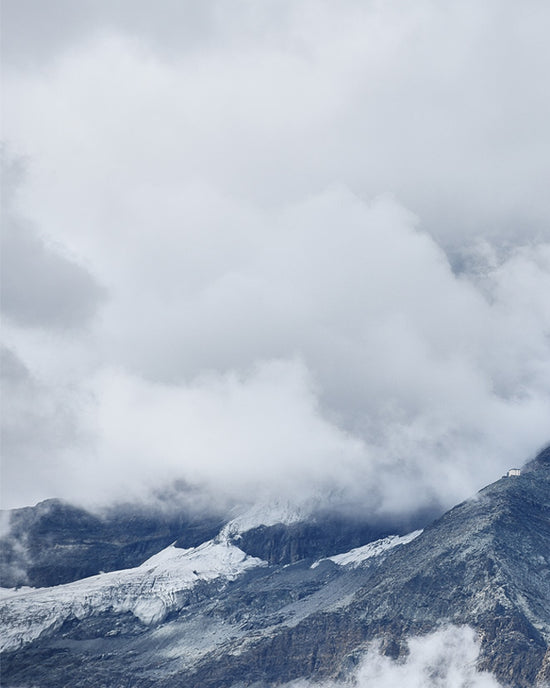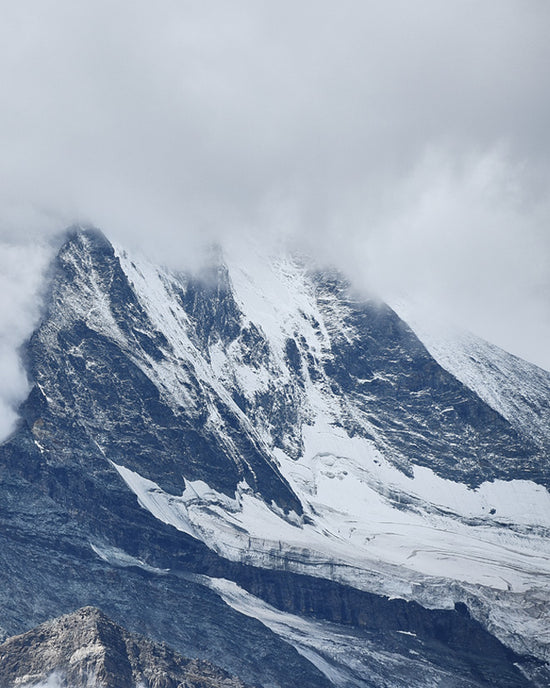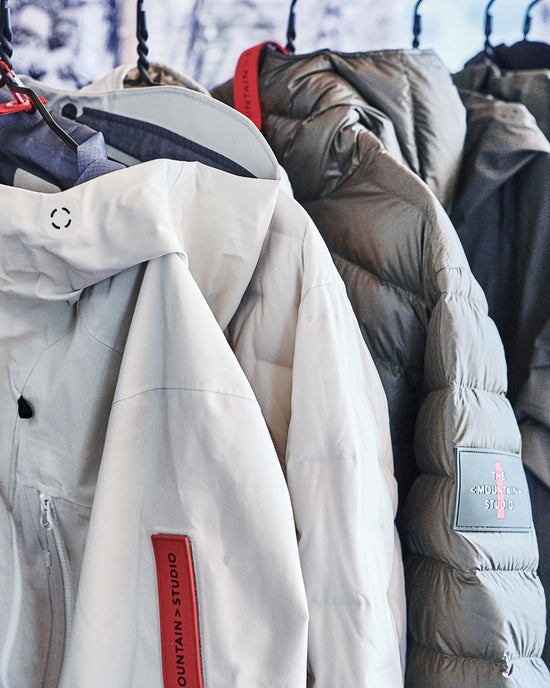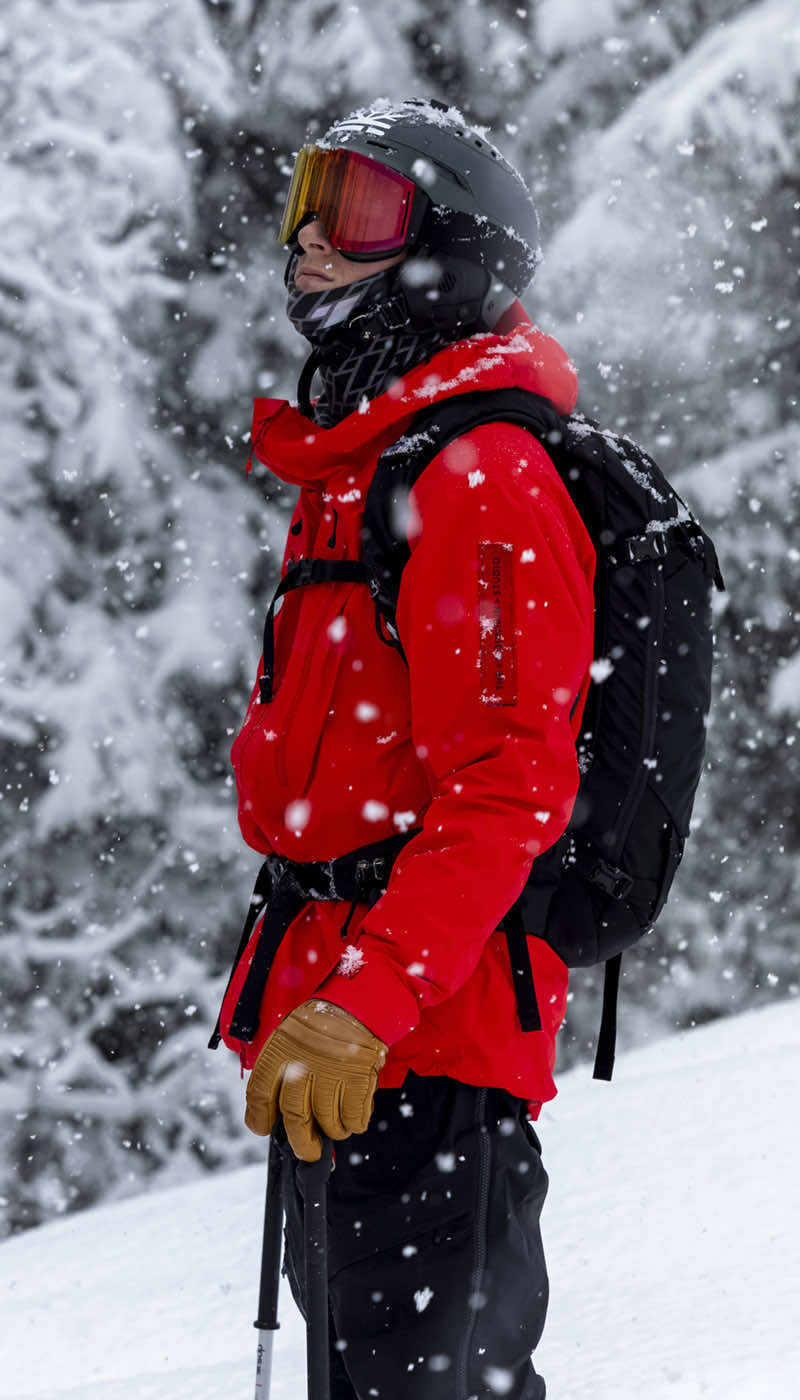
Tech: Waterproof
Fabrics & Membranes
Waterproof Basics
Waterproof fabrics are made with a membrane that’s bonded to an outer material that’s been given a water repellency treatment. These membranes might have different structures and work in different ways, but the basic principles are still the same. They keep you dry and warm by working as a barrier that prevents water droplets from passing through the fabric, all while letting water vapour molecules – in other words, sweat – evaporate through the fabric to the outside.
Water, like rain and snow, simply can’t get inside and soak your middle and base layers, which ultimately means your body will stay dry. Wet garments will also cling to your body, which can feel uncomfortable and cold. Also, if you’re working hard, or the temperature rises, your sweat will be able to escape.
The end result is that you’ll stay drier, warmer, and more comfortable in a wide range of ever-changing weather conditions.
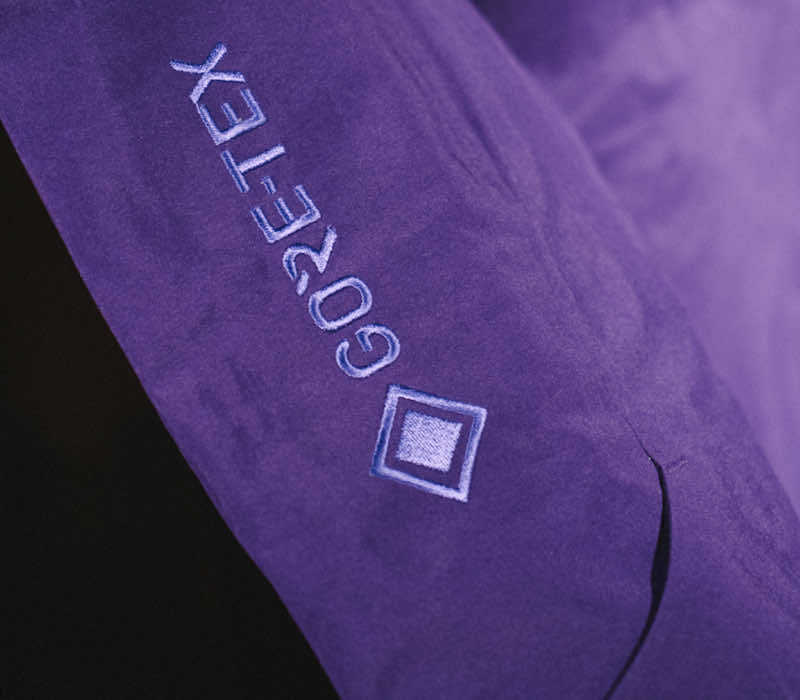
Our Waterproof
Membranes
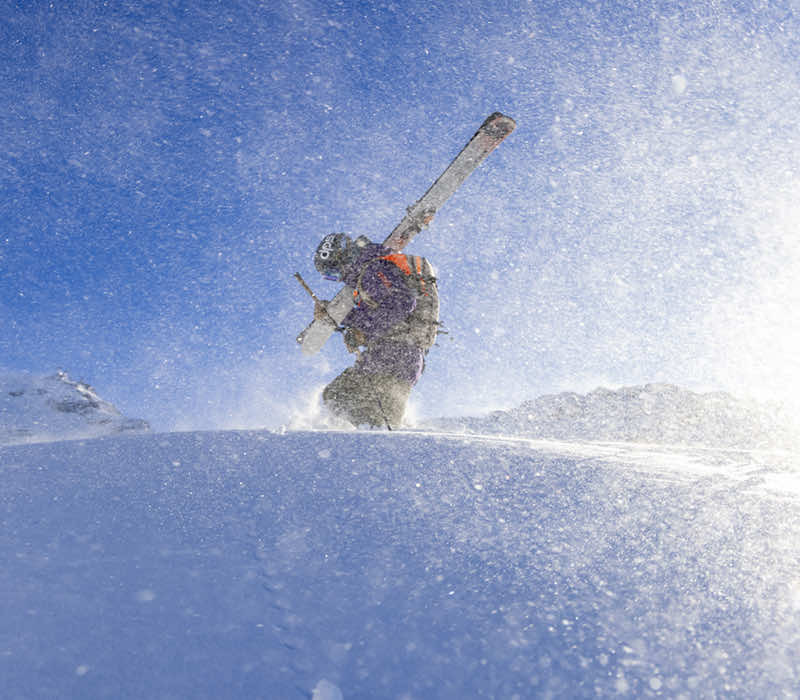
Waterproof Tech
Breathability
Waterproof membranes have the ability to allow moisture and condensation (like sweat and excess heat) to escape from the body, keeping you dry and comfortable in the process.
If trapped inside your jacket, moisture will act as a thermal conductor that transfers your body heat nearly 25 times as fast as dry clothing does. This can feel very uncomfortable and chilling.
When we talk about the “breathability” of gear, we’re referring to how well it allows moisture to escape. Breathability is measured in grams per m2 over 24 hours, g/m2/24 hrs. For example, the ALP-3 membrane offers 30,000 g/m2/24 hrs.
Water Column
A measurement of how well a fabric withstands moisture. To measure it, water is applied to one side of a fabric sample, and the pressure is then steadily increased until the water penetrates the material.
The result indicates the fabric’s degree of resistance to water penetration. The rating is expressed as millimetres of water pressure. For example, the Gore-Tex® Pro fabric has a waterproofness rating of 28,000 mm.
DWR Treatment
An acronym for Durable Water Repellency. DWR is a treatment in which a liquid coating is applied to a waterproof fabric to reduce the surface tension and allow water drops to roll off more easily. This will prevent the fabric from soaking up water and allow the membrane to breathe and move moisture away from the body.
The Mountain Studio exclusively uses PFAS-free DWR treatments on our garments.
PFAS
PFAS are a group of fluorocarbons that have been used in waterproof membranes and DWR treatments for many years. While they have proven to be highly effective when it comes to repelling water from fabrics, they are non-biodegradable, and could potentially be dispersed into the environment, where they might remain for many generations.
Gore Fabrics intends to eliminate PFAS from its consumer fabrics, and their first step in that direction is the new Gore-Tex® ePE membrane.
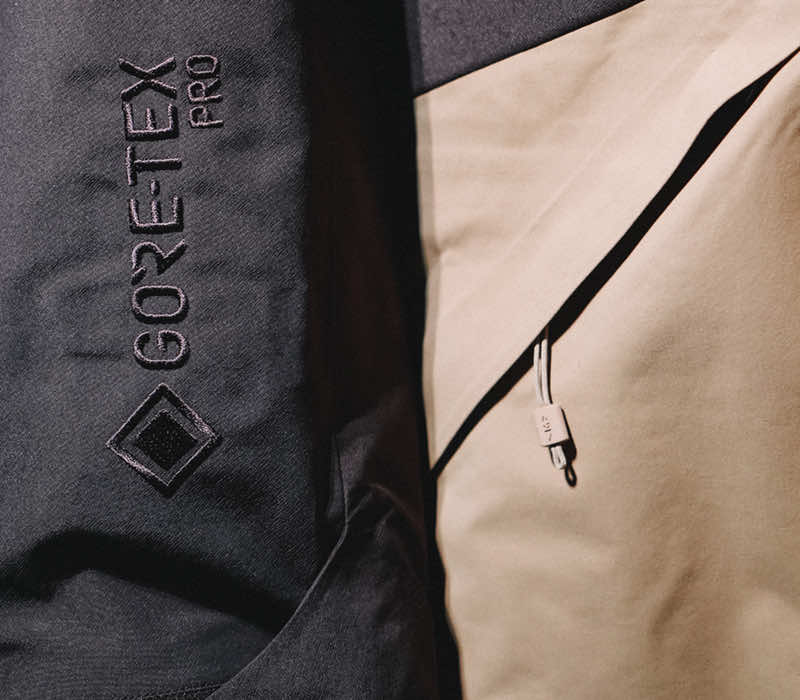
Membrane
Constructions
2-Layer
The membrane is bonded to an outer fabric with a separate, free hanging, nylon or mesh liner on the inside of the garment.
This is a comfortable and versatile construction that’s very common in ski and outdoor gear. The 2-layer construction can be combined with insulation for extra warmth.
3-Layer
The membrane is bonded between a rugged, DWR-treated, outer fabric and a robust backer on the inside.
This is the most durable and rugged construction, to be used for the most demanding applications and extreme conditions.
Which membrane construction works best for me?
2- and 3-layer shell garments can look fairly similar from the outside, but they both have distinct advantages, and are each suitable for different use situations in the mountains.
